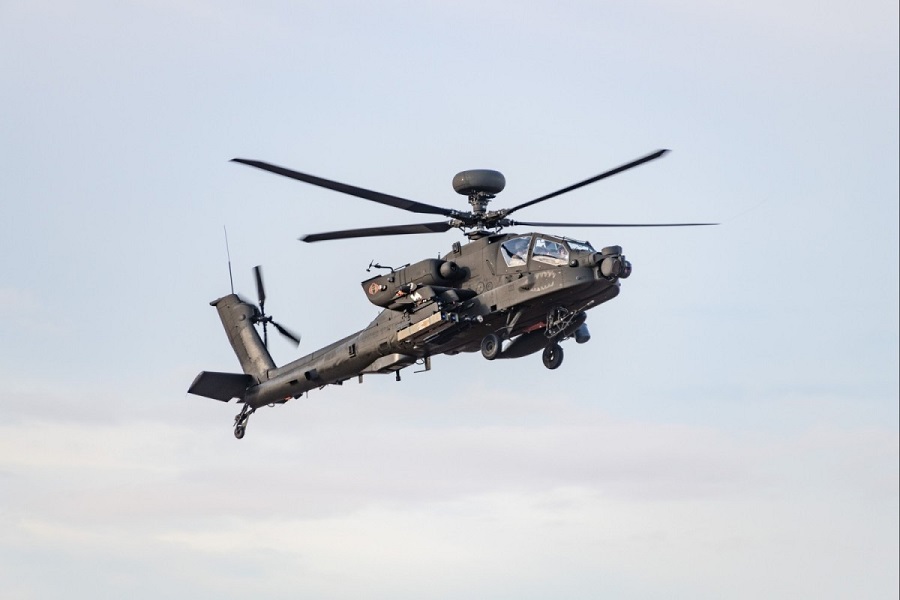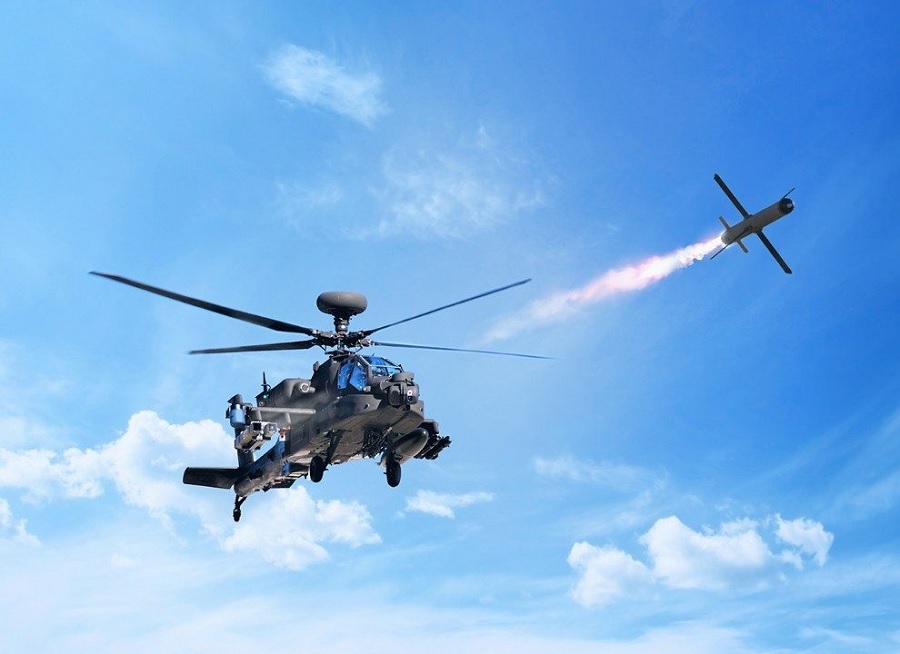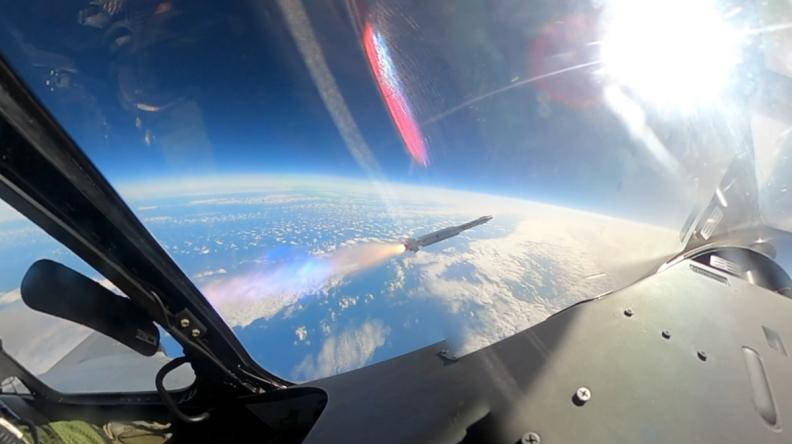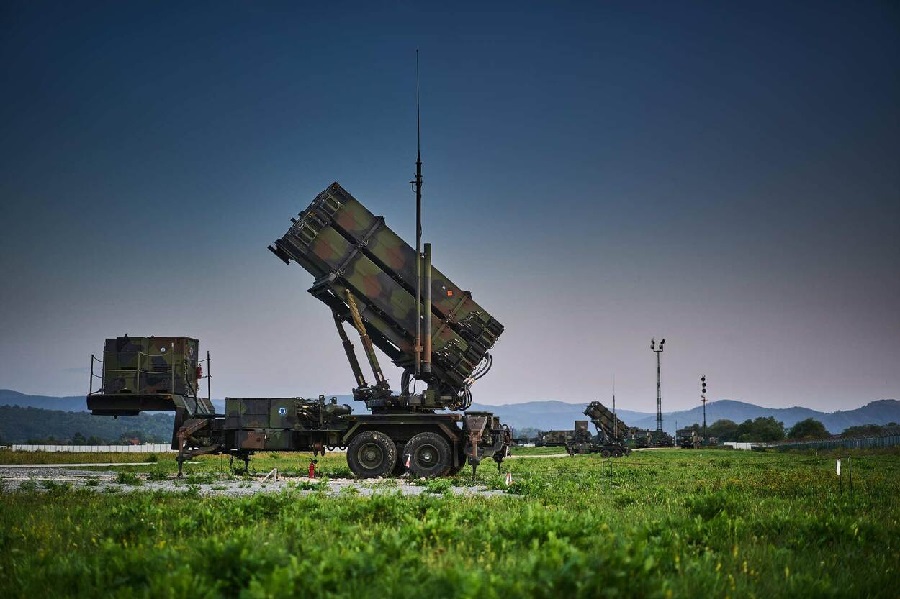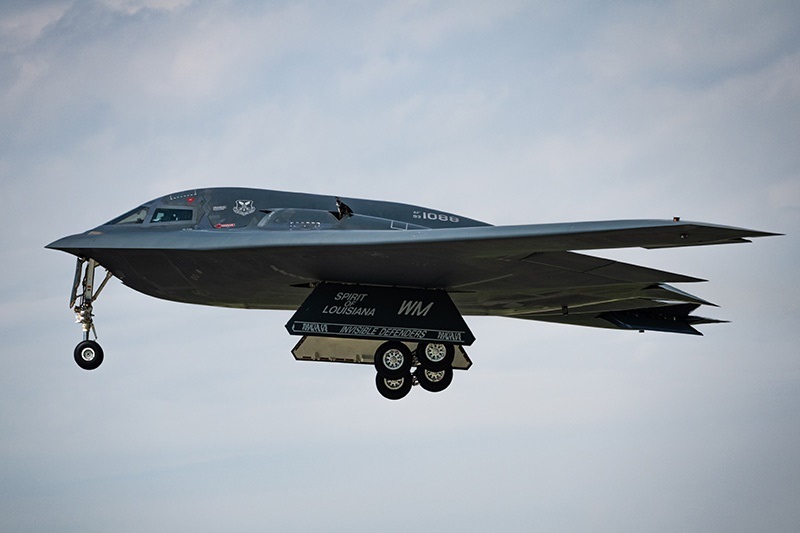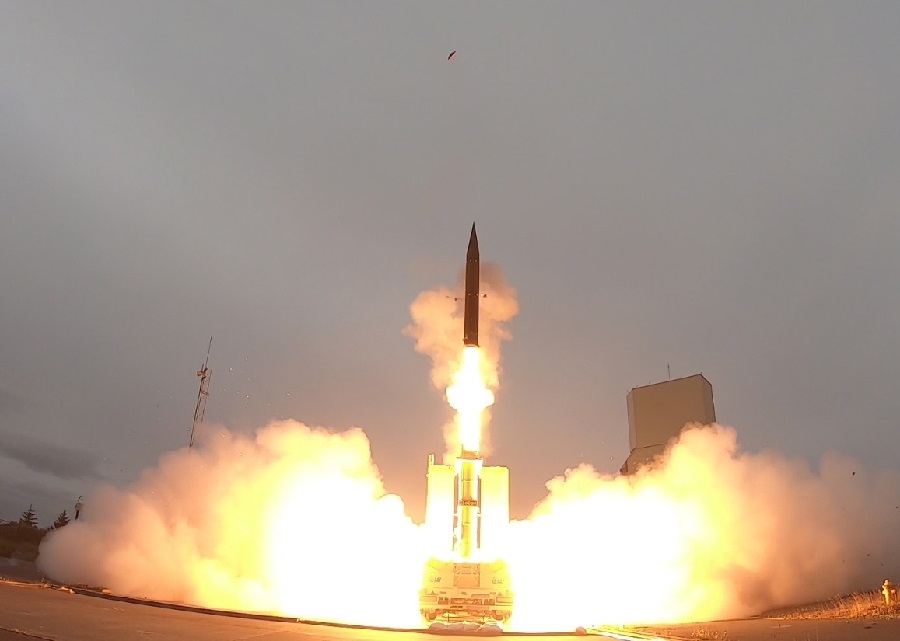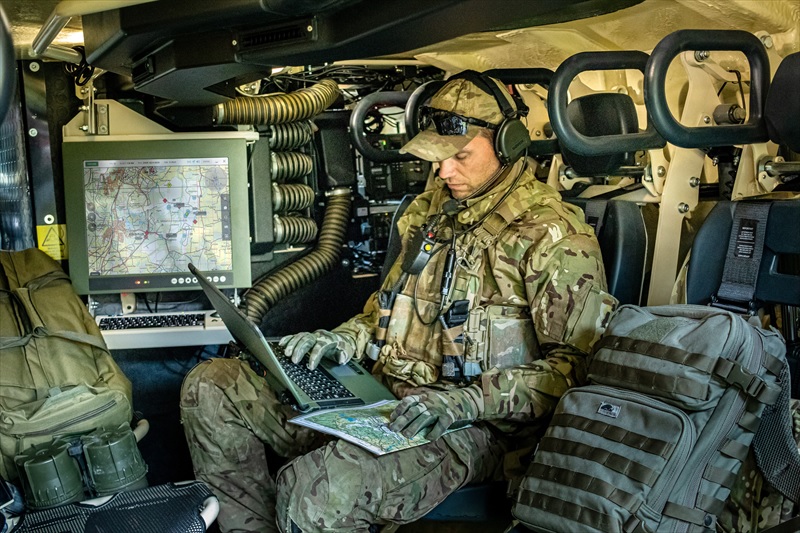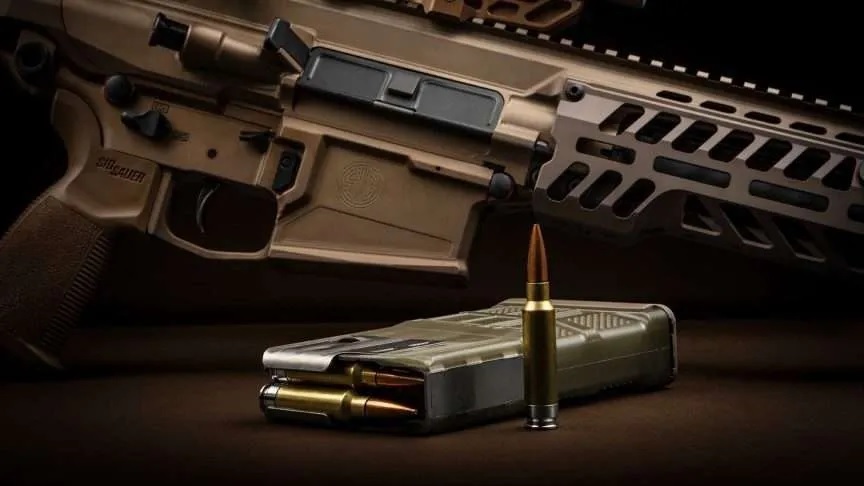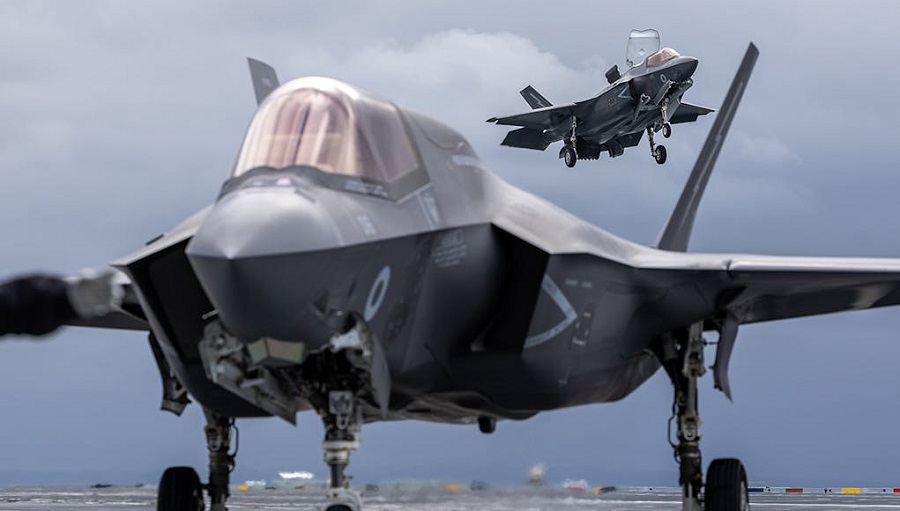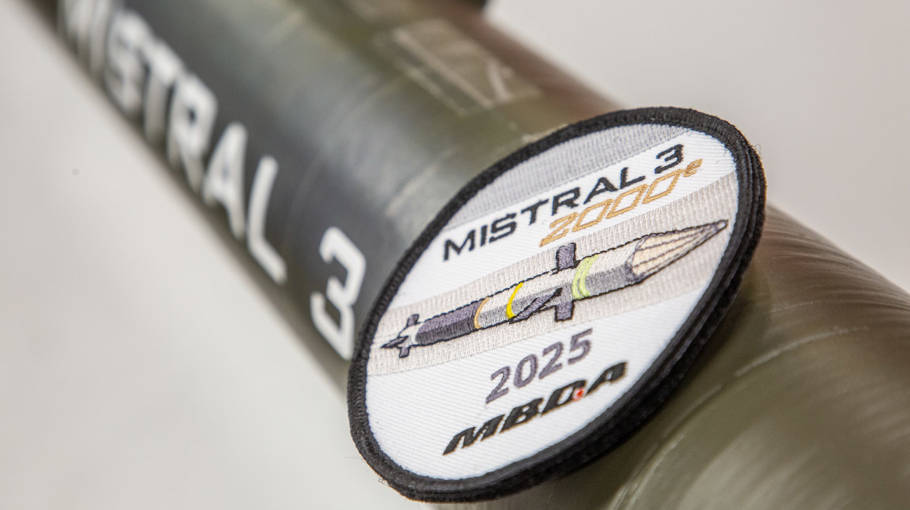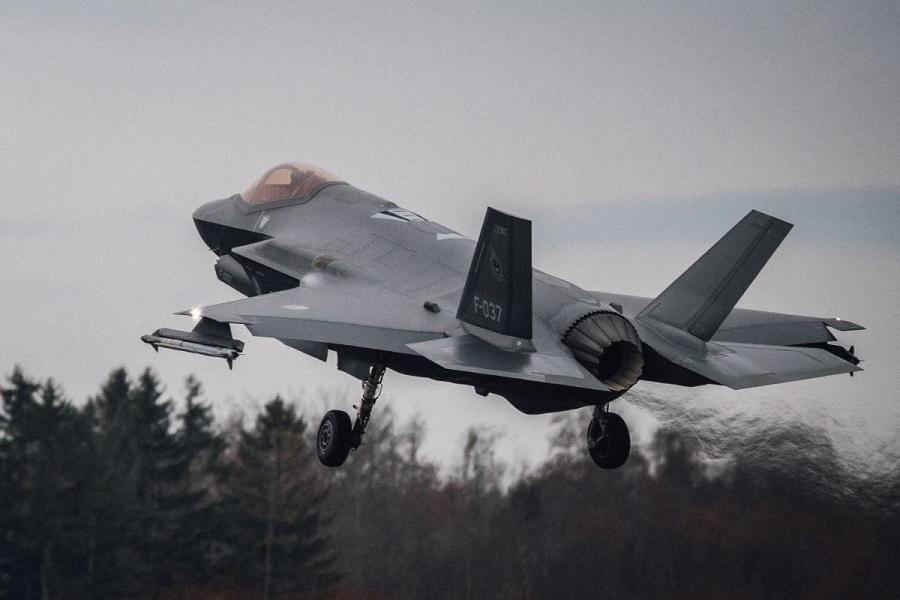Always identified with state-of-the-art sensors and precision guidance systems, as well as lethal air-to-surface missiles like the Hellfire, the Apache will now boast a precision weapon with more than four times the range of the iconic missile.
“Our plan is to field next summer,” said Maj. Brian Haley, assistant product manager for Program Manager Apache. “We are going rapidly from this culminating test event to fielding. It is an awesome capability that I think will be a game-changer.”
Over the course of five days in December 2023, testers fired eight full-up rounds in a variety of test scenarios at the proving ground: day and night shots, against both moving and static targets such as a mock SA-22 and a Dodge Dakota truck, at different distances, from hovers close up to more than 30 kilometers away.
In more than one fire, the Apache dropped down in altitude and even turned 180 degrees as the missile sped toward its target to intentionally lose link with the round to verify it would still hit the target on its automatic track: the link was reestablished before impact in one test and intentionally not reestablished in another.
The Spike missile is also able to disable the warhead mid-flight, and one test verified this, hitting a target board like a slug. The test included acoustic sensors to gather sound data on its impact.
“The flight restriction algorithm on the Spike is pretty robust,” said Cole Sutter, YPG test officer. “It has an intended and expected flight area, and when it leaves that expected flight area it induces a roll to land within the surface danger zone.”
Aviation testers appreciate YPG’s vast ranges and variety of realistic targets as they put the weapon through its paces in a variety of situations and altitudes. YPG’s natural desert environment also contributes significantly to the realism of the testing. The Spike had three successful test shots in January 2023 for integration qualification and had been demonstrated at the proving ground in 2019 and during Project Convergence 2021.
“We’ve had a relationship with Yuma for four years now,” said Haley. “It has the range space, the facilities, and frequency management requirements that are specific to us. Other ranges have different resource challenges that we don’t have here.”
Information gathered during the test will not only validate fielding the weapon, but also contribute new insights into reconfiguring existing pods on the Apache to accommodate more missiles, as well as in training combat pilots on how to use the Spike for maximum effect.




